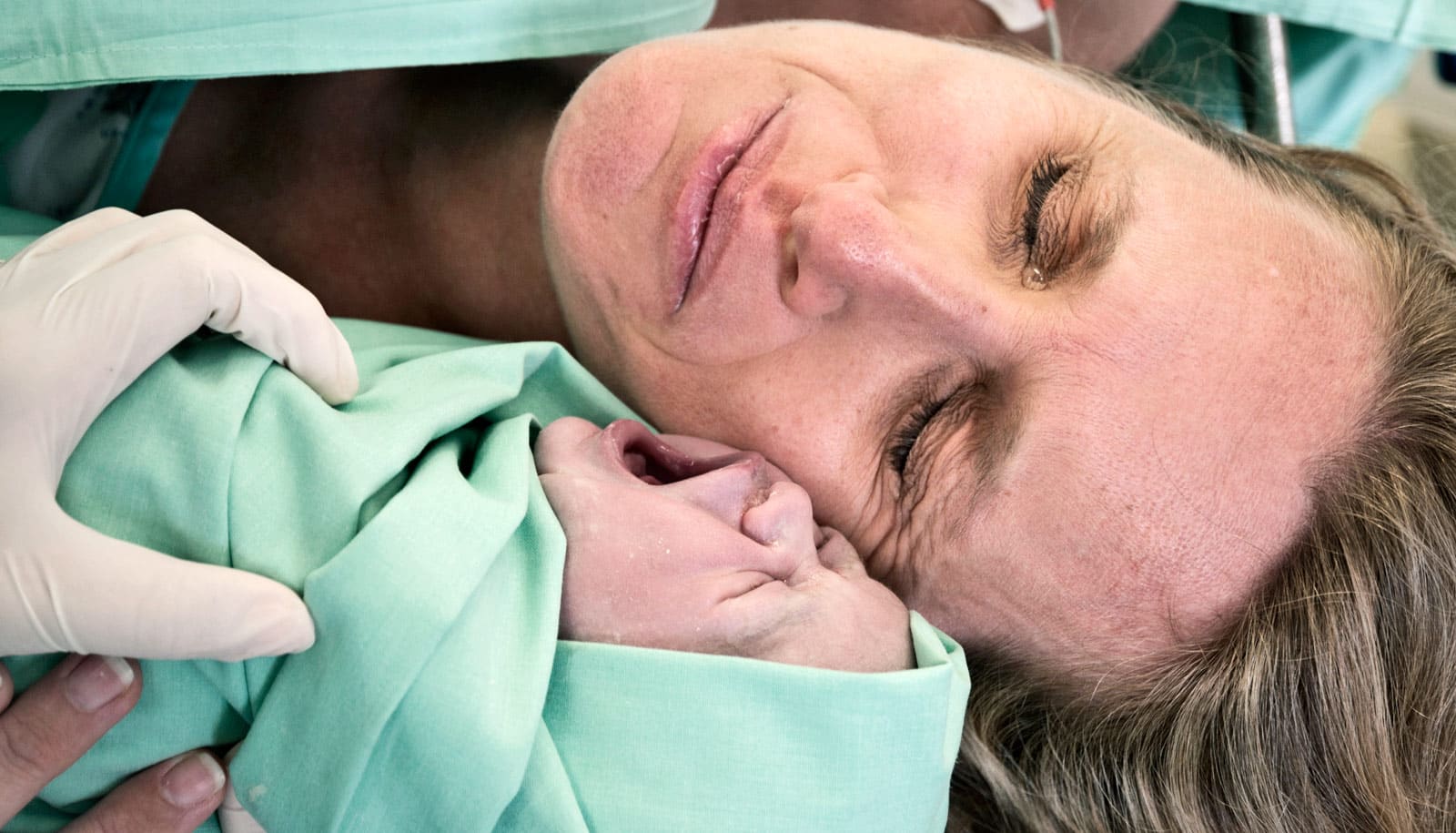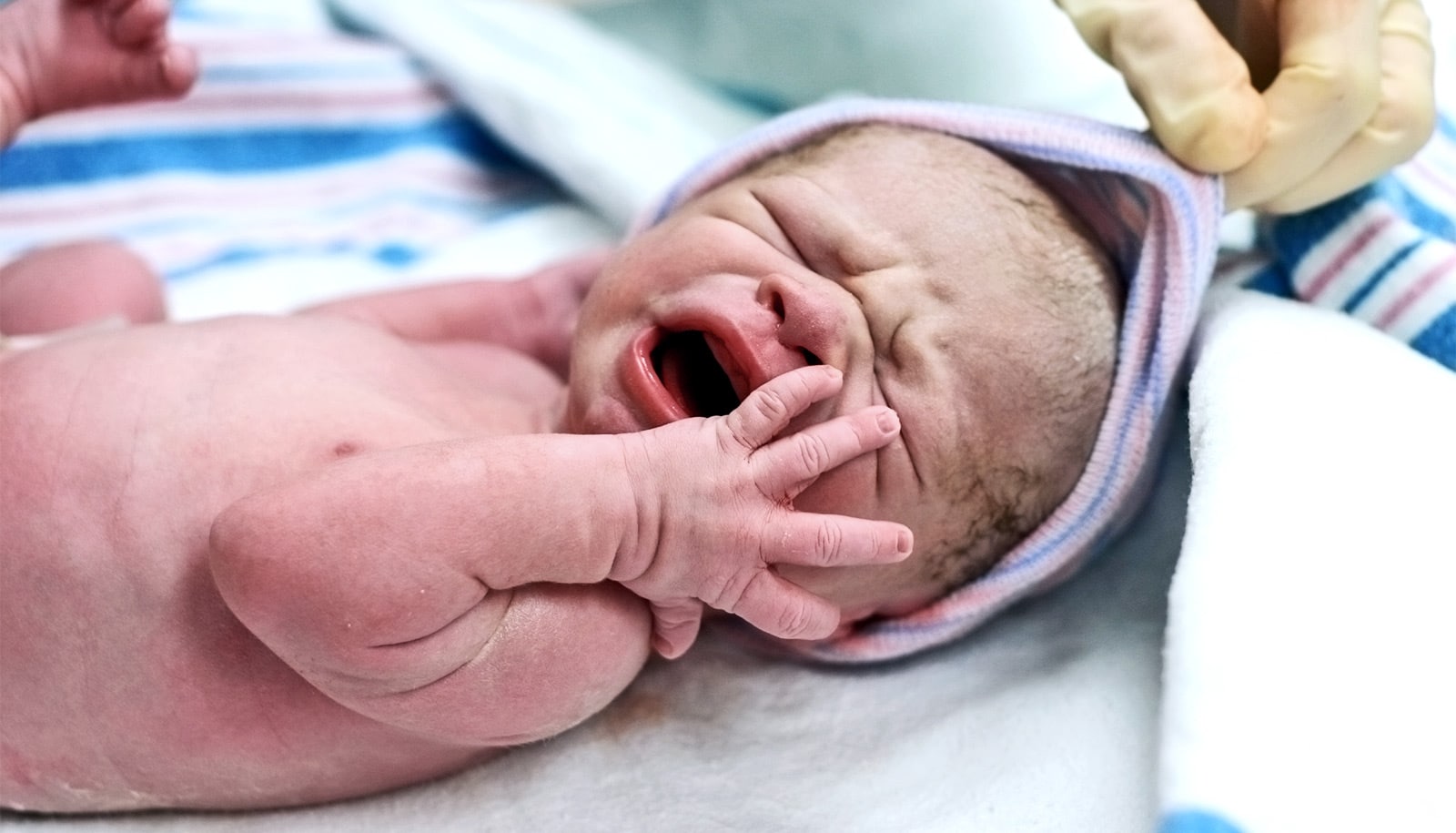The rate of cesarean section births in industrialized countries remains high, but has leveled off after years of sharp increase, a new study finds.
The study, in the American Journal of Obstetrics & Gynecology, examined c-section rates from 1993 to 2013 in 21 wealthy countries with at least 50,000 births. It found that the average increase in rates from 2008 to 2013 was only 1.5 percent—far less than the 40 percent average increase from 1993 to 2003. Of the 21 countries, six reported declines from 2008 to 2013, and none experienced a significant increase.
The report, led by Eugene Declercq, professor of community health sciences in the Boston University School of Public Health, shows seven countries had cesarean rates over 30 percent in 2013: Australia, Germany, Italy, Portugal, the Slovak Republic, Switzerland, and the United States. Of those countries, Italy and Portugal saw a decline from 2008, while the others reported small or no increase in cesareans.
“Cesarean rates in industrialized countries have generally plateaued, but at rates that are higher than recommended by WHO (the World Health Organization),” the researchers write.
Study of 2.2 million moms links c-section, obesity
The WHO recommends an average of no more than 10 to 15 percent of births by c-section for optimal maternal and neonatal outcomes. The cesarean rate in the US topped 32 percent in 2013—higher than the recommendation, but lower than other countries in the study, such as Italy (36 percent). Several countries not included in the study because of their lower income levels reported much higher cesarean rates, including Brazil (56 percent), Chile (50 percent), Turkey (48 percent), and Mexico (47 percent).
Declercq says that leading industrialized countries “have slowed or reversed trends of increasing cesarean rates by fostering policies encouraging that cesareans be done only in response to a medical indication. It’s a lesson that will hopefully be adopted by those countries still experiencing rapid increases in their cesarean rates.”
Coauthors on the paper are from Massachusetts General Hospital.
Source: Boston University



